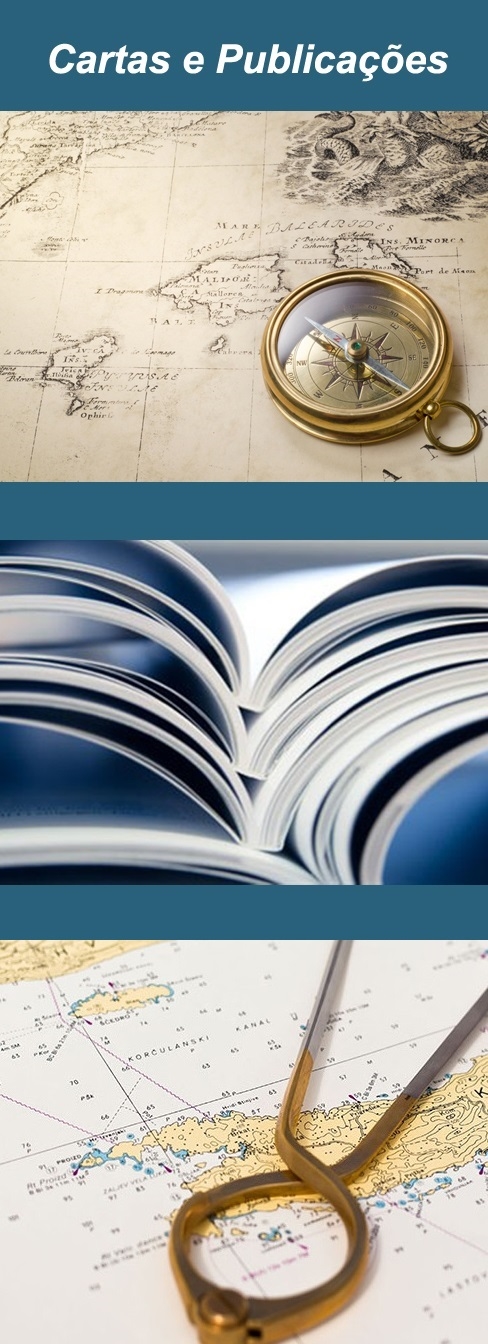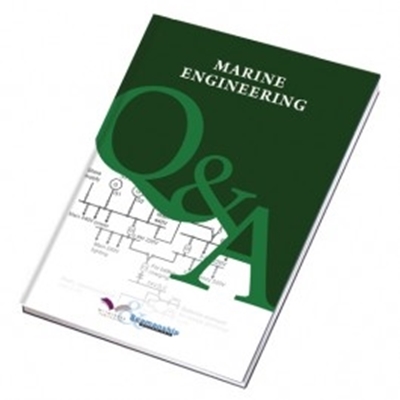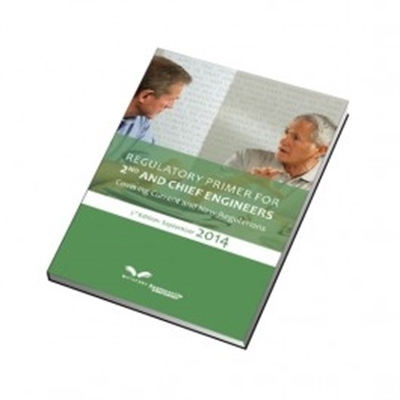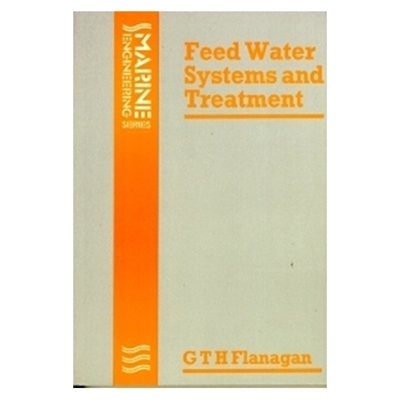Close
- Charts & Publications
-
Marine Industry

-
Recreational

-
Land Market

-
Harbour equipments
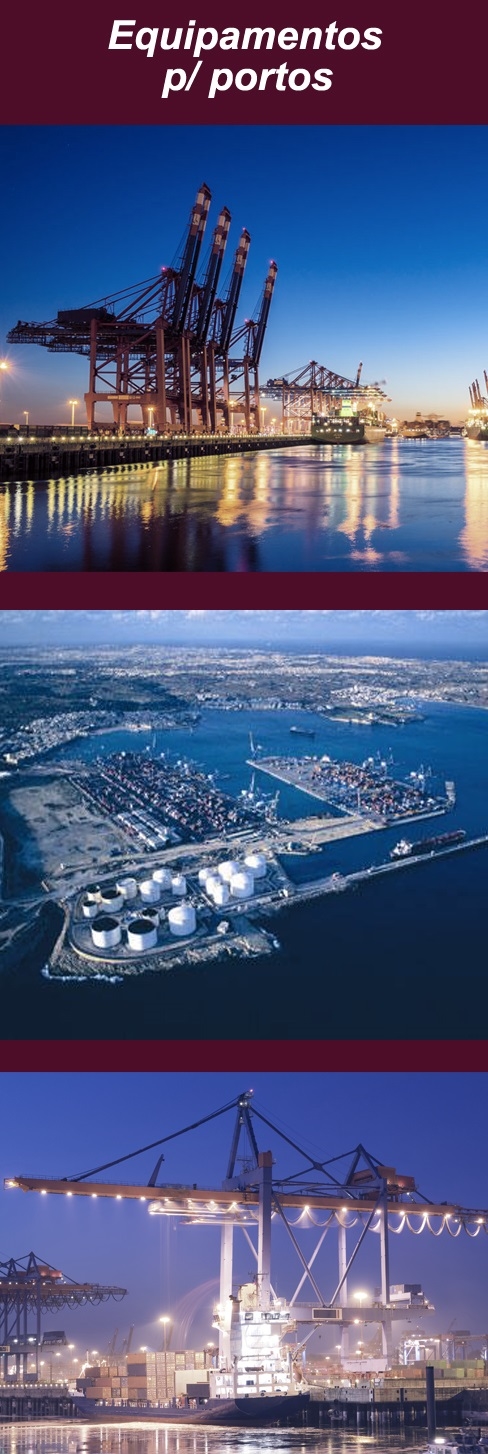
- Proteção Covid-19
- About Us
- Novidades
- Marcas
- Contacts
- Serviços
- Articles
Menu
(0)
items
You have no items in your shopping cart.
All Categories
Menu
Shopping cart
Filters
Personal menu
Preferences
Search
- Home /
- Charts & Publications /
- Publications /
- Marine Engineer /
- Practical Ship Hydrodynamics, 2nd Edition 2011
Related Products
-
An Introduction to Fuel Measurement
Call for pricing -
Marine Engineering Q & A
Call for pricing -
Marine Fuels and Emissions, 2013
Call for pricing -
Practical Marine Electrical Knowledge, 3rd Edition 2014
Call for pricing -
Regulatory Primer for 2nd & Chief Engineers, 7th Ed. 2016/2017
Call for pricing -
Regulatory Primer for 2nd and Chief Engineers Covering Current
Call for pricing -
Ship Automation for Marine Engineers and ETOs, 2012
Call for pricing -
Compendium Marine Engineering
Call for pricing -
Diesel Engine System Design, 1st Edition
Call for pricing -
Feed Water Systems and Treatment, 1st Edition 1978
Call for pricing
Customer service
Contact Us
- Praceta Augusto Dias Silva, 94 2B 2785-521 Sao Domingos de Rana
- info@jgarraio.pt
- Tel.: +351 213 473 0810

Copyright © 2024 JGARRAIO. All rights reserved.
As fotos apresentadas podem não corresponder as configurações descritas.
Preços e especificações sujeitos a alteração sem aviso prévio.
A J. Garraio declina qualquer responsabilidade por eventuais erros publicados no site.
As fotos apresentadas podem não corresponder as configurações descritas.
Preços e especificações sujeitos a alteração sem aviso prévio.
A J. Garraio declina qualquer responsabilidade por eventuais erros publicados no site.
All prices are entered including tax. Excluding shipping
Powered by nopCommerce
Desenvolvido pela Agência PRIMEWAY - Plataformas Digitais • Design • Marketing Digital
